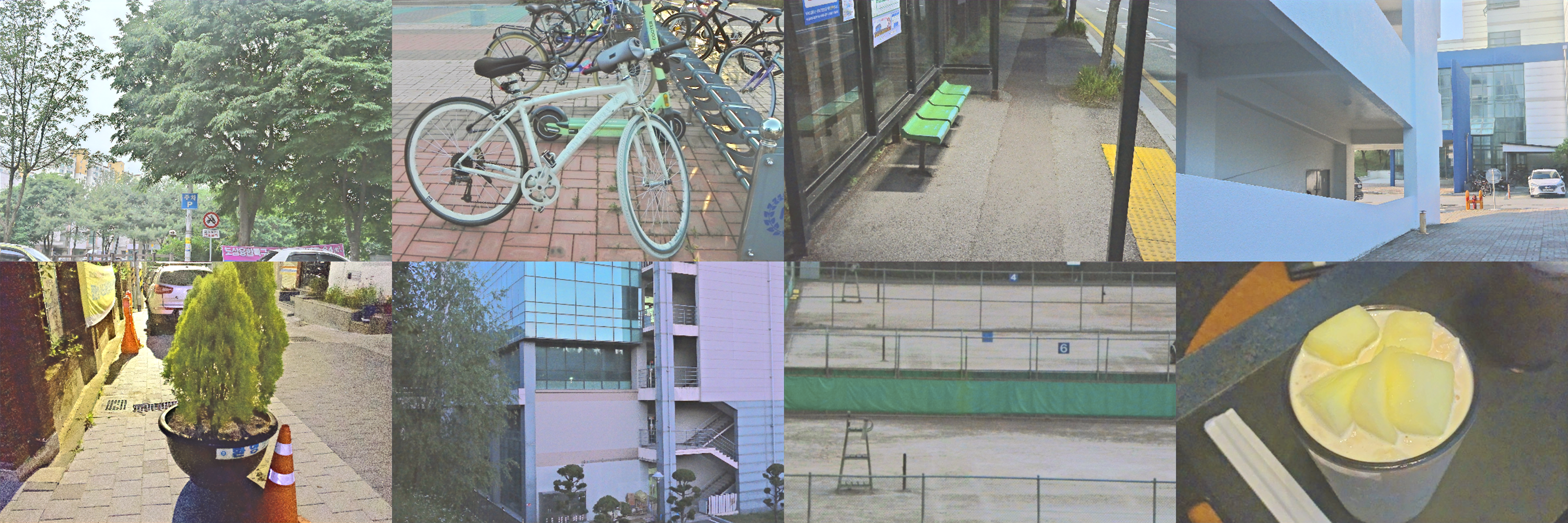This repository contains the implementation of the following paper:
Learning Lightweight Low-Light Enhancement Network using Pseudo Well-Exposed Images
Seonggwan Ko*, Jinsun Park*, Byungjoo Chae and Donghyeon Cho
IEEE Signal Processing Letters
[pdf] [dataset] [StudentNetwork] [TeacherNetwork(Coming Soon)]
The following packages must be installed to perform the proposed model:
- PyTorch 1.7.1
- torchvision 0.8.2
- Pillow 8.2.0
- TensorBoardX 2.2
- tqdm
Test datasets should be arranged as the following folder dataset/test.
dataset
│ ├── test
│ │ ├── LIME
│ │ ├── LOL
│ │ ├── DICM
│ │ └── ...
└── ...If you set up the folder, you can make it run.
python test.py
To train the proposed model, the following options are required:
python train.py --lowlight_images_path 'your_dataset_path' --gt_images_path 'your_GT_dataset_path' --pretrain_dir 'your_pretrain_path'
lowlight_images_path is the path of your low-light image
gt_images_path is the path of your ground-truth image
pretrain_dir is the path of your pretrained teacher model path
We provide 9,983 training pairs and 366 test images.
Please click here to download Low-light CNU(LLCNU) dataset.
- We collected 25,967 low-light images from BDD100k(4,830 images) and Dark Zurich(5,336 images), LoLi-Phone(now LLIV)(6,442 images), ExDark(7,263 images), SICE(1,611 images), LOL(485 images).
- Then, we generate pseudo well-exposed images using the pretrained EnlightenGAN, and additionally reduce noise using DnCNN.
@article{ko2021learning,
title={Learning Lightweight Low-Light Enhancement Network using Pseudo Well-Exposed Images},
author={Ko, Seonggwan and Park, Jinsun and Chae, Byungjoo and Cho, Donghyeon},
journal={IEEE Signal Processing Letters},
year={2021},
publisher={IEEE}
}
The code framework is mainly modified from Zero-DCE, AdaBelief and SPKD. Please refer to the original repo for more usage and documents. Thanks to authors for sharing the codes!



